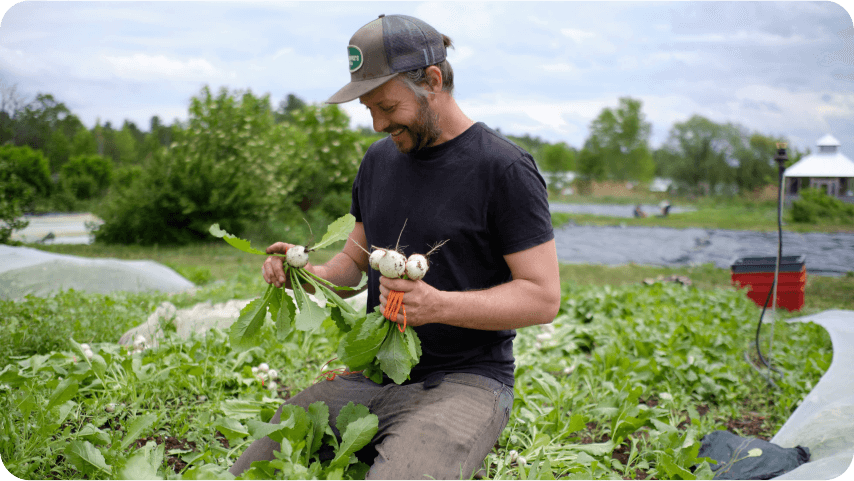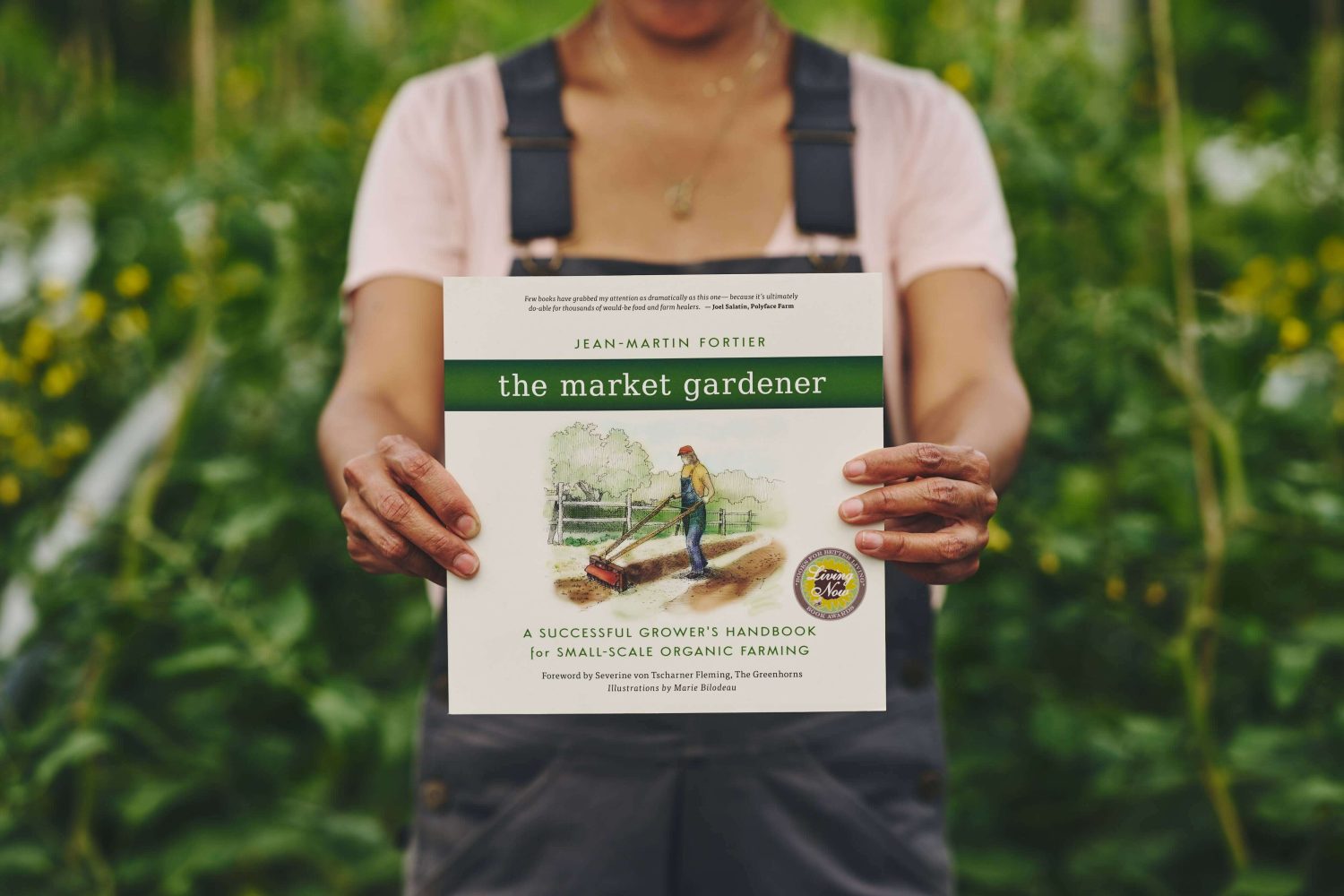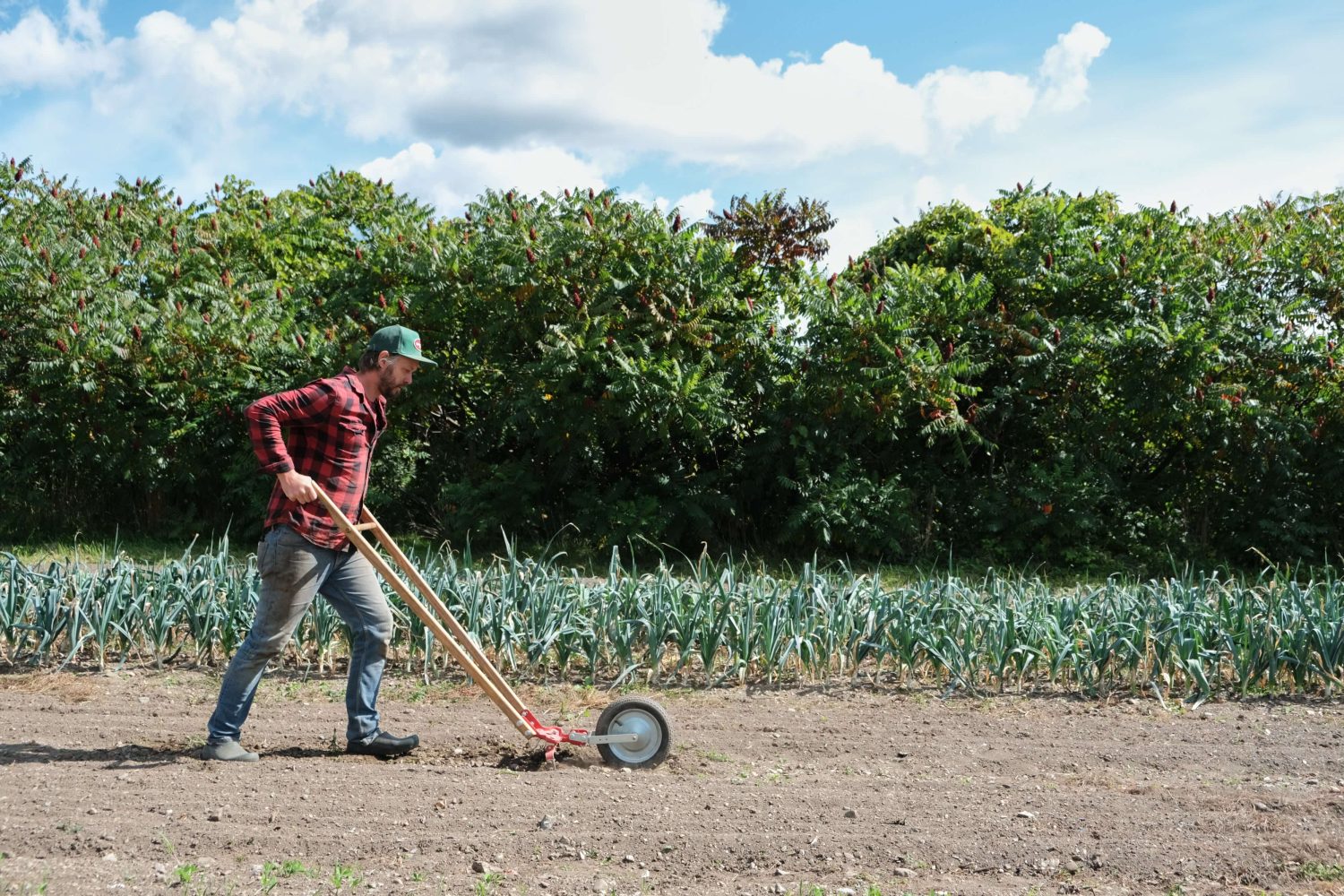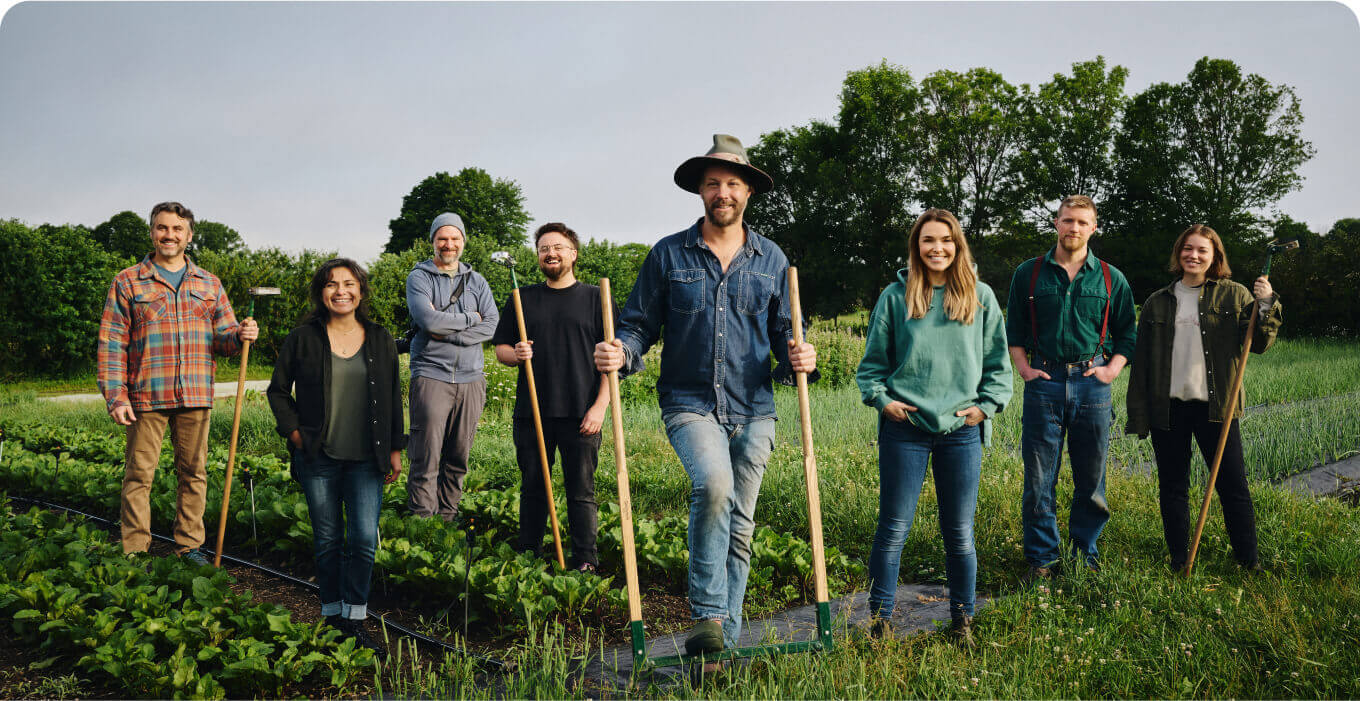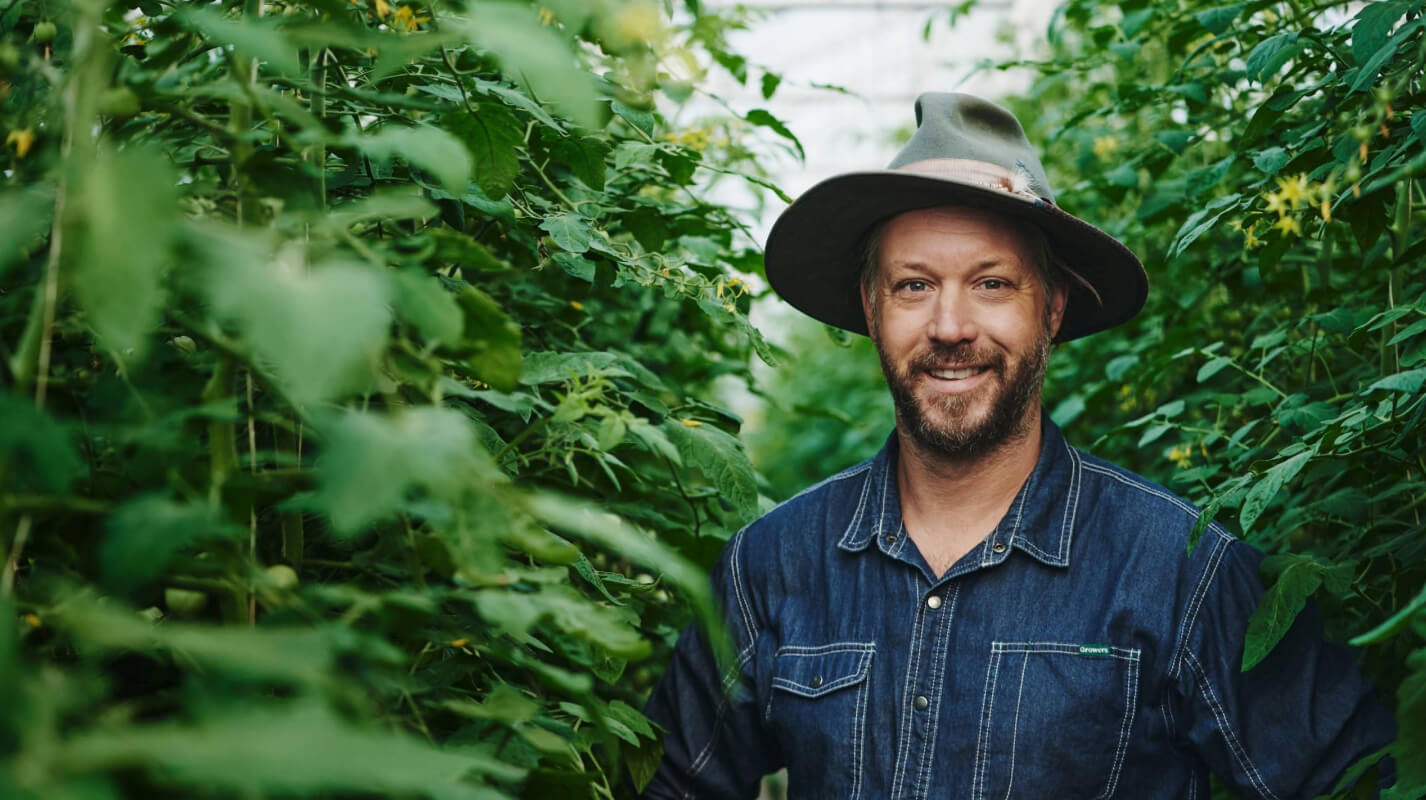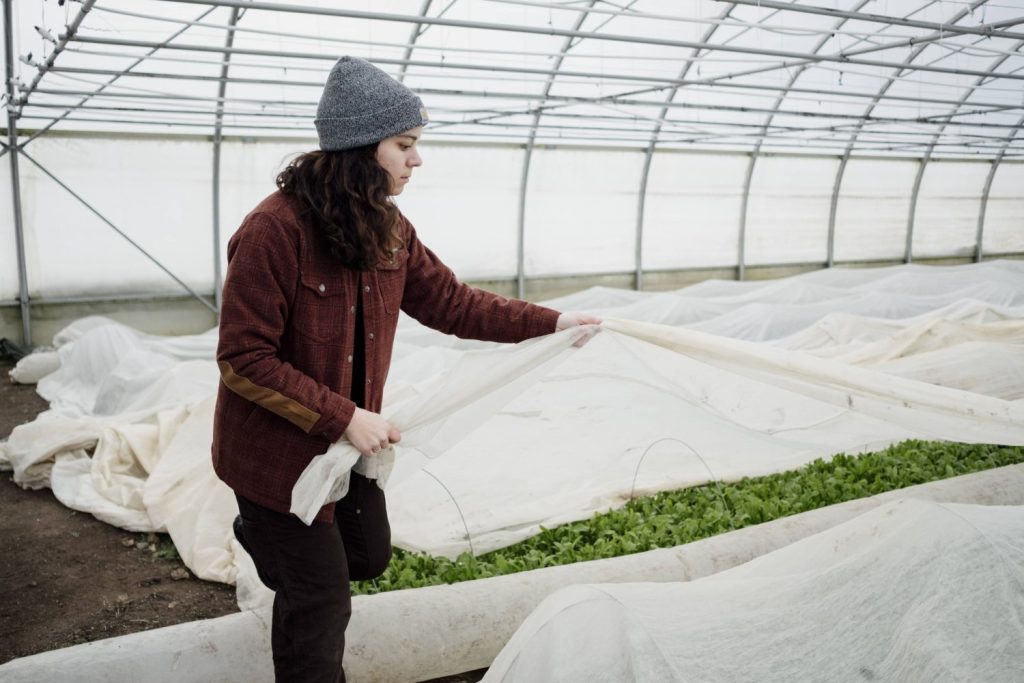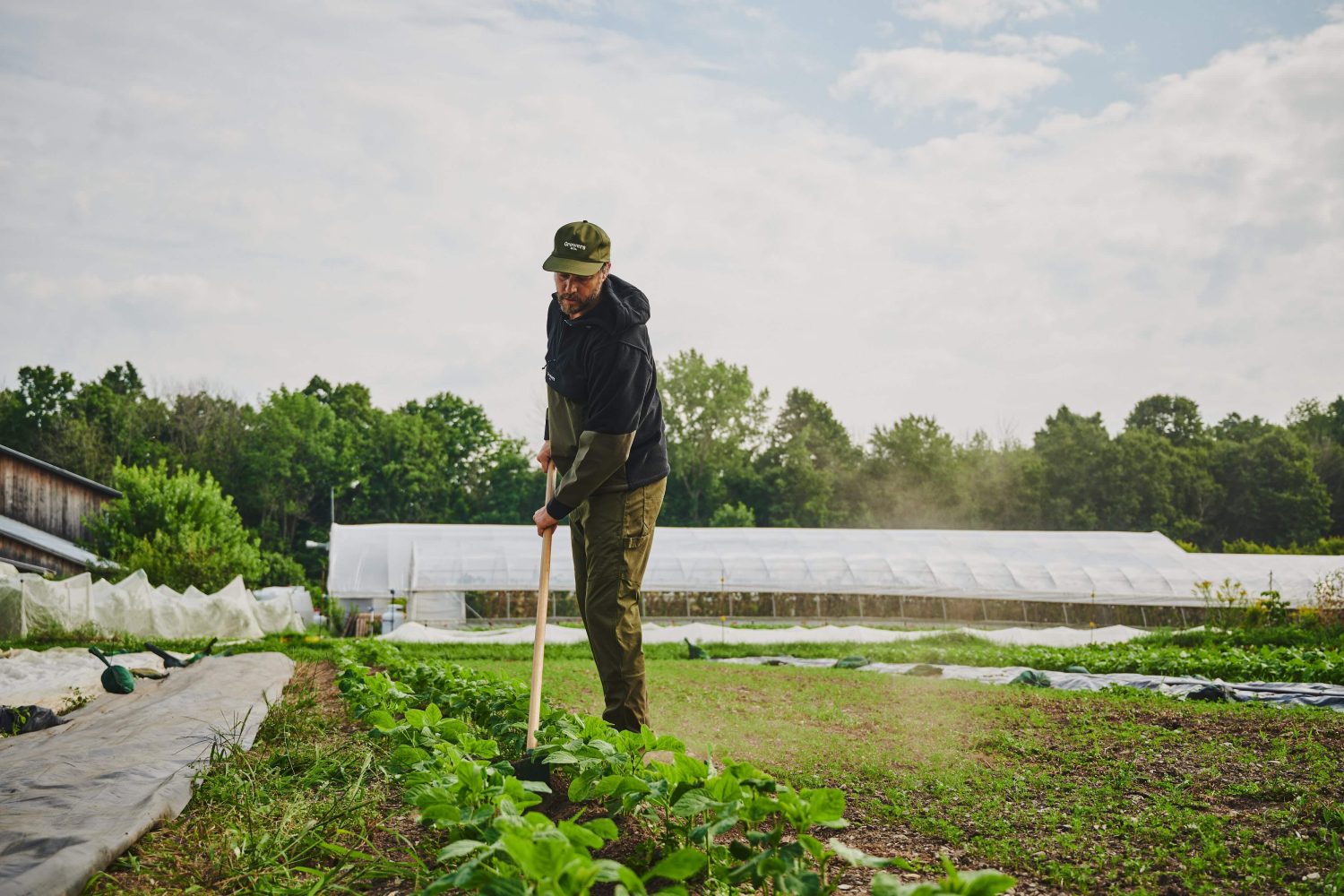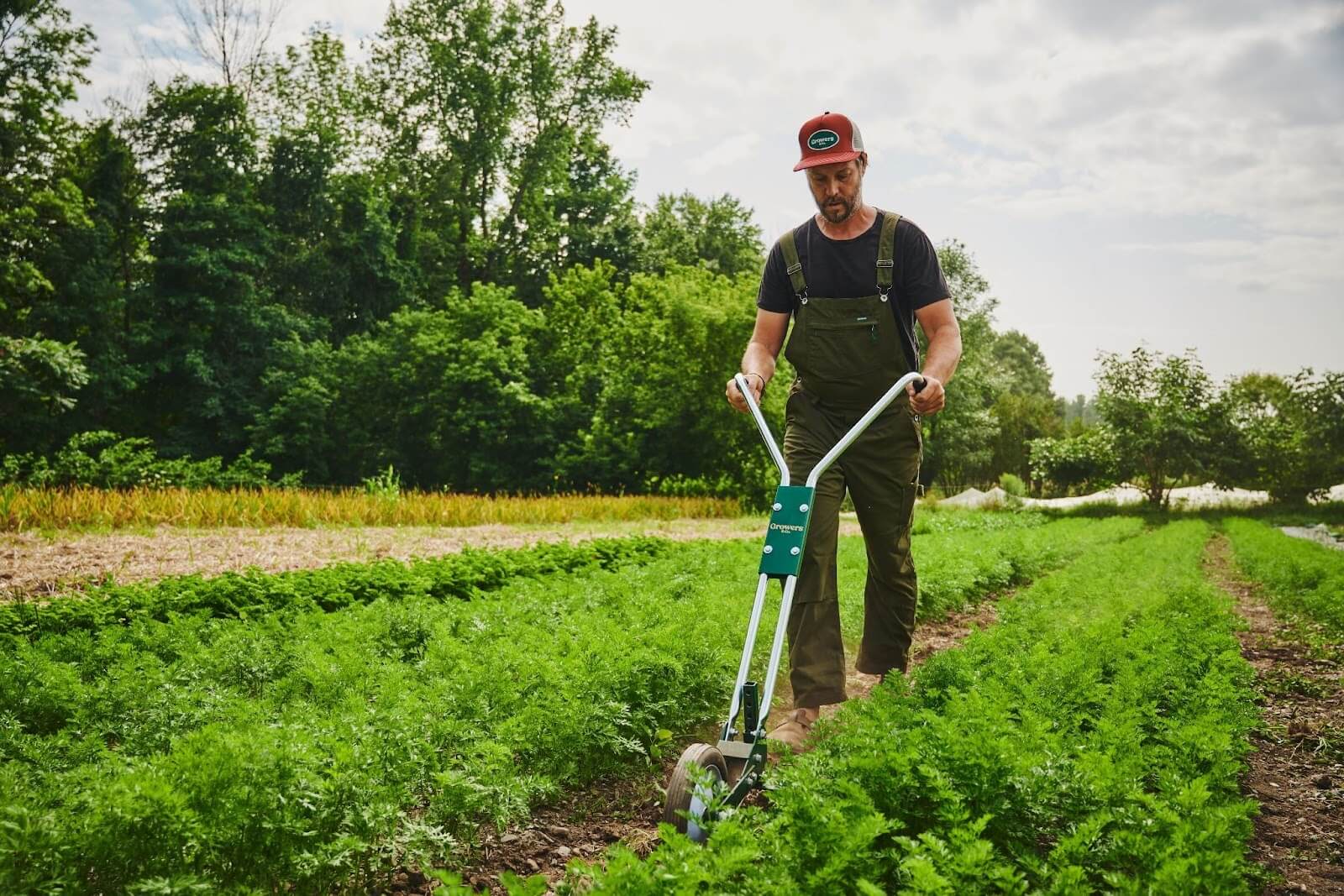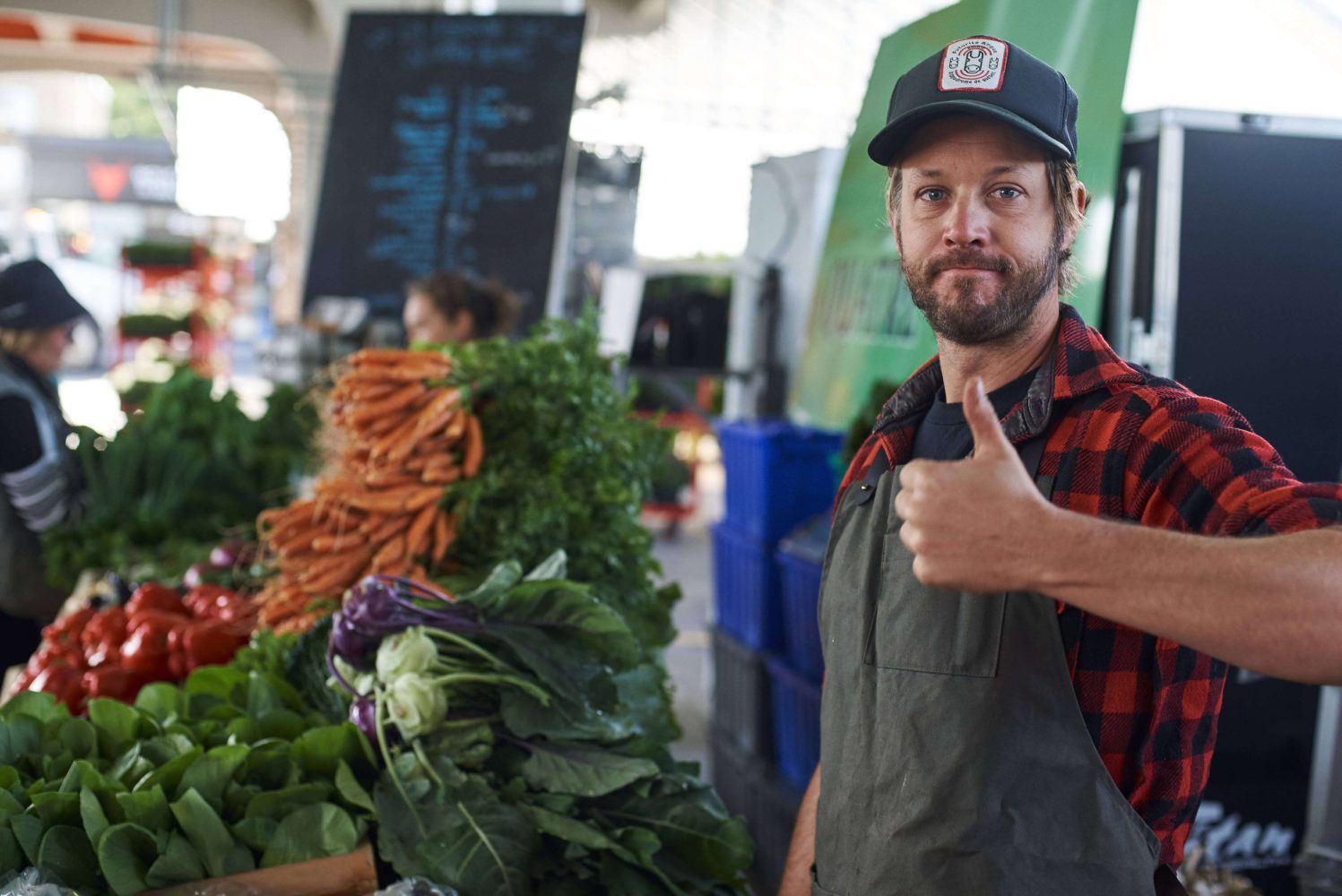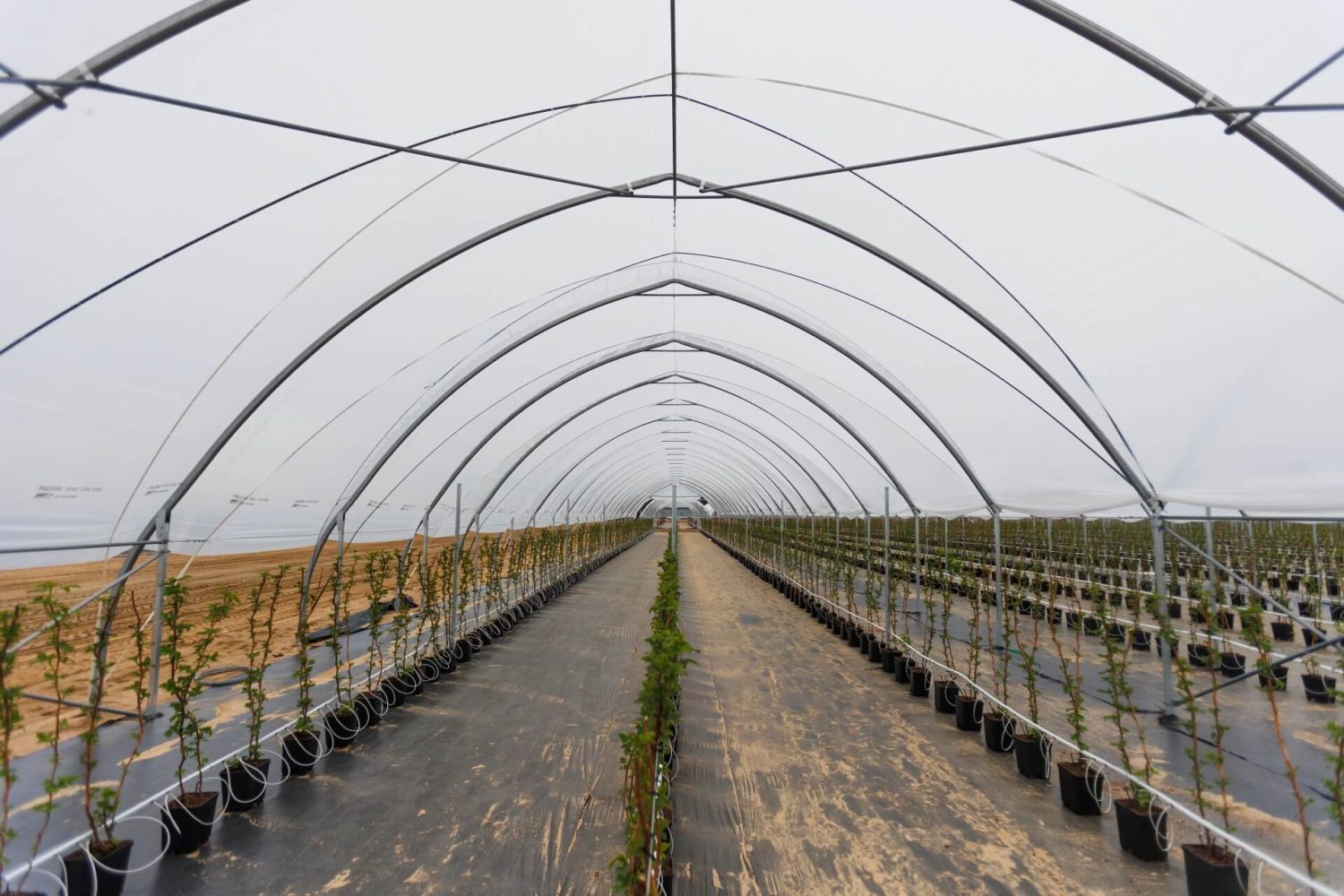Are you curious about winter growing and seeking to provide year-round vegetables to your customers? To help you make the right choices, I’ve delved into our production at Ferme des Quatre-Temps (FQT farm) to highlight the five essential winter crops for year-round vegetable sales.
Winter Crops Selection Criteria
Deciding on the right crops for winter growing requires careful consideration. A winter vegetable selection in a northern climate should encompass two categories:
- Storage vegetables
Grown in the “autumn garden”, planted in August and harvested in autumn, these vegetables (squash, potatoes, onions, beets, carrots, radicchios, rutabagas, etc.) are what Nordic countries are traditionally used to eating in winter. - Fresh vegetables
With the advent of cold or minimally heated greenhouses, it’s now possible to enhance preserved vegetables with a multitude of fresh vegetables (parsley, kale, chard, mesclun, spinach, bok choy, etc.). These crops, mostly leafy vegetables, grow surprisingly well in low-light conditions, unlike root vegetables, which tend to require more light to reach maturity.This mix of storage vegetables and leafy greens allows market gardeners to provide a diverse, local vegetable supply throughout winter, surpassing the limited options typically found in grocery stores during this season.
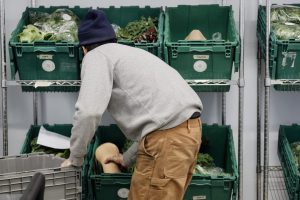
5 Essential Winter Vegetables
After several seasons of producing winter baskets, I’ve identified these five winter vegetables as essential for your customers:
1. Winter squash
Although winter squash (butternut, spaghetti, etc.) isn’t the most profitable crop for a small vegetable farm with limited space, its visual appeal and long shelf life (4-5 months) make it a must-have for adding color and weight to winter baskets.
The question of “weight” may seem strange at first. However, with experience, we’ve observed that most greenhouse-grown vegetables are very light, consisting mainly of foliage. In order to complement these leafy greens, we need to have some “heavier” vegetables on hand, and winter squash is the perfect answer.
Since winter squash is not very profitable for a small farm, we recommend researching whether a large-scale organic grower near you can supply it 1 to 3 times a winter for your baskets. This can be a good way of meeting your customers’ needs without taking the risk of producing an unprofitable crop.
2. Potatoes
A staple of the northern winter diet, the potato remains a winter staple. To generate more enthusiasm for this vegetable, we choose to produce colorful varieties that are different from those found in grocery stores.
We recommend the following cultivars in particular: Norland, Fingerling and Purple Viking.
3. Parsley
We’ve recently started growing parsley year-round and are amazed at its high potential. It grows exceptionally well in winter, becoming a must-have because it allows us to offer a fine herb in our winter baskets, enriching the diversity of our winter offering.
The secret to its success is to transplant it to the greenhouse in autumn, by September 1 at the latest. We also choose to plant them on geotextile to reduce the workload associated with weeding. Once mature, we harvest every week from the same parsley plants, taking care to leave the center of the plants to encourage rapid regrowth.
For optimum success, we recommend planting in a greenhouse heated above freezing point. In an unheated greenhouse, parsley tends to become stunted and grow close to the ground, diminishing the quality of the crop.
4. Arugula
When I first started experimenting with winter vegetables, I never thought that arugula would become an essential vegetable. Having often seen arugula die as a result of severe cold or poor regrowth quality, I’ve now discovered how to make the most of this winter crop’s full potential!
For optimum success with winter arugula, I recommend growing it in a minimally heated greenhouse. In this context, it becomes one of the most reliable and profitable crops, mainly because of its rapid regrowth in low light. Arugula also makes it possible to diversify the salad offer, without risking the cultivation of salanova, too often attacked by various fungal diseases that make its harvests unreliable.
What’s more, customers never tire of receiving arugula, as the quality of this crop produced by market gardeners far exceeds that found in supermarkets.
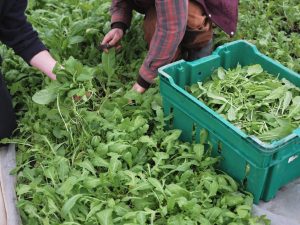
5. Spinach
Finally, spinach remains winter’s biggest must-have, with almost endless demand. The reason is simple: this vegetable offers incomparable quality when produced in winter, becoming extraordinarily sweet in cold weather.
For successful winter spinach production, I recommend planting several generations at different dates to ensure a continuous supply. Consistency is the key with this vegetable. Once you start offering it, especially to restaurant customers, you need to make sure you have a continuous supply until spring!
Start Producing Winter Crops
These five vegetables are a great foundation for successful winter production. Focus on the right planting dates in autumn to maximize light before the winter darkness. Consult local market gardeners or the Ferme des Quatre-Temps planting calendar in “The Winter Market Gardener” for guidance on planting dates.
Growing vegetables all year round
Winter growing is more art than science. To avoid a potentially costly learning curve, both monetarily and in terms of time, there’s a lot of value in investing in training. After several years of experience in the field, we’ve documented all our knowledge of winter growing in our course Winter Farming Strategies. If you run a small vegetable farm in a northern climate and want to produce vegetables year-round, this course will help you on your way.
And if you’re looking to balance your production with crops that deliver strong returns in other seasons, don’t miss our new guide to the most profitable crop for small farms. Based on real-world data and years of experience, it will help you make smarter choices to boost your farm’s bottom line year-round.
Other resources about winter market gardening are also available:
